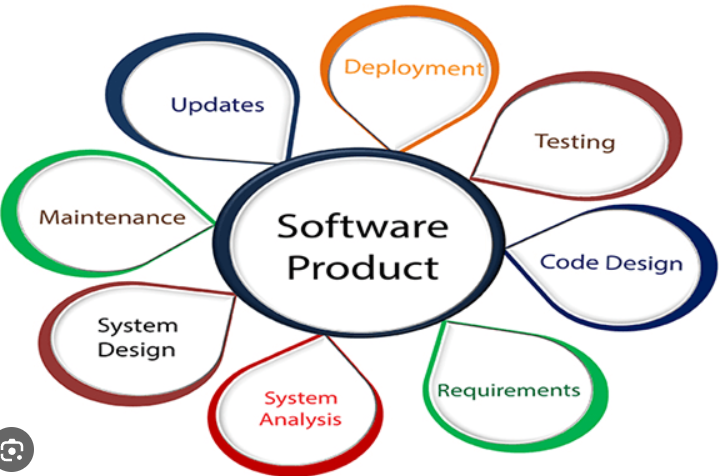Software development is the process of designing, creating, testing, and maintaining software applications and systems. In our digital age, software is an integral part of our lives, powering everything from smartphones and websites to medical devices and self-driving cars. Here’s an overview of the fundamental concepts and steps involved in software development:
1. Understanding Requirements:
Requirement analysis is the first and crucial step in software development. It involves gathering and documenting detailed information about what the software is supposed to do, how it should perform, and the problems it needs to solve. Clear and well-defined requirements are essential for guiding the entire development process.
2. Planning:
In this phase, developers and project managers create a project plan. This plan outlines the scope of the project, the timeline for development, resource allocation, and budget considerations. It serves as a roadmap for the development team.
3. Design:
During the design phase, software architects and designers create a blueprint for the software. This includes defining the system’s structure, components, and interfaces. User interface (UI) and user experience (UX) design are also critical in this phase to ensure the software is user-friendly.
4. Implementation (Coding):
The implementation phase involves writing code based on the design specifications. Developers use programming languages such as Python, Java, C++, and many others to create the software’s functionality. This phase also includes writing documentation to explain how the code works.
5. Testing:
Testing is an ongoing process throughout software development. It includes various levels, from unit testing (testing individual components or functions) to integration testing (ensuring different parts of the software work together) to system testing (evaluating the entire system’s functionality). Testing identifies and helps resolve bugs and issues.
6. Deployment:
Once the software passes testing and quality assurance checks, it’s ready for deployment. Deployment involves installing the software on the target environment, whether it’s a server, a cloud platform, or end-user devices like smartphones or computers.
7. Maintenance and Updates:
Software development doesn’t end with deployment. The maintenance phase involves ongoing support, bug fixes, and updates. Software needs to adapt to changing user needs, security threats, and evolving technology.
8. Version Control:
Version control systems like Git are crucial for managing code changes, collaborating with team members, and tracking different versions of the software.
9. Collaboration:
Software development is often a collaborative effort involving a team of developers, designers, testers, and project managers. Effective communication and collaboration are essential for success.
10. Security:
Security considerations are paramount in software development. Developers must implement security measures to protect user data and the software from cyber threats.
11. Documentation:
Comprehensive documentation is vital for understanding how the software works, troubleshooting issues, and maintaining it over time.
12. Agile and DevOps:
Many software development teams adopt Agile methodologies and DevOps practices to enhance collaboration, flexibility, and the speed of development.
13. User Feedback:
Gathering and incorporating user feedback is essential for improving the software’s usability and functionality.
14. Continuous Learning:
The field of software development is continuously evolving. Developers need to stay updated with the latest programming languages, tools, and best practices.
Software development is a dynamic and rewarding field that offers opportunities to create innovative solutions to complex problems. Whether you’re a seasoned developer or just starting, understanding these fundamental principles is essential for success in the world of software development.
